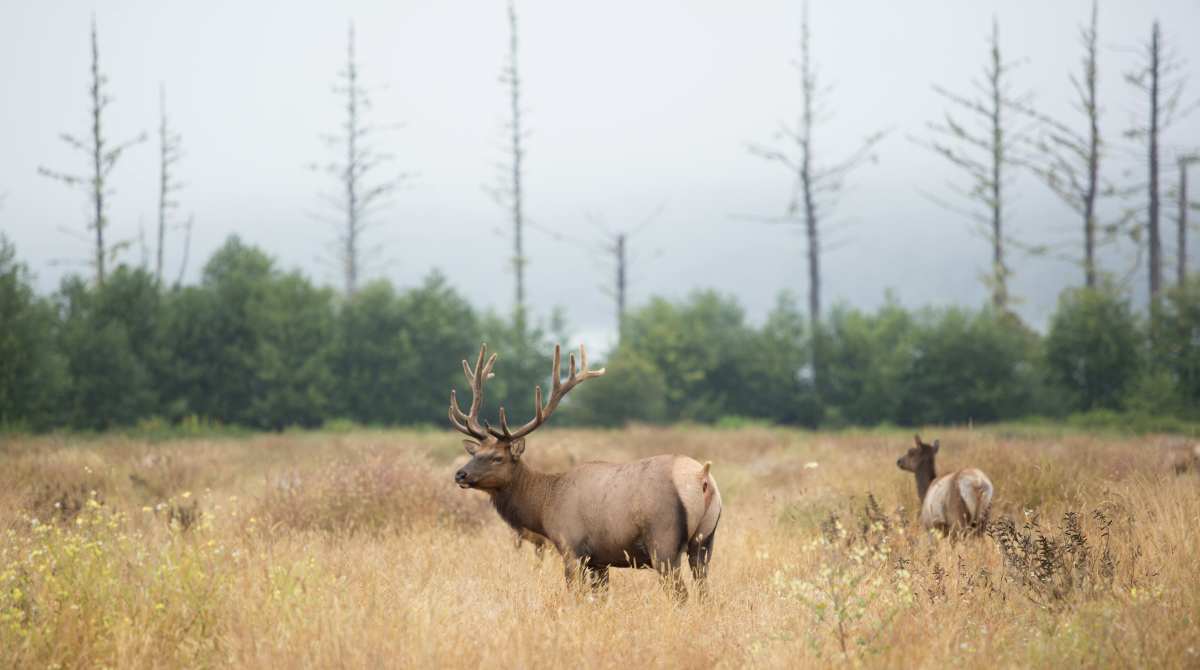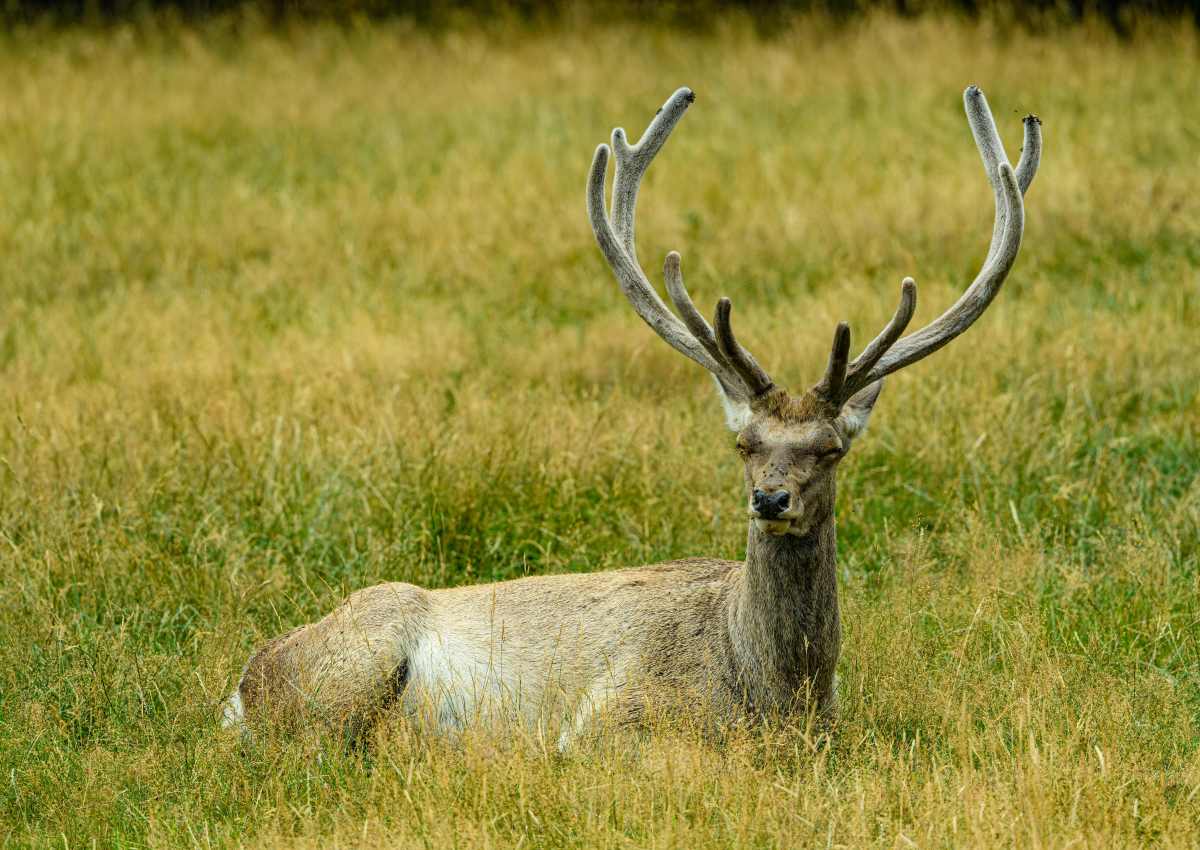Rare Ice Age elk remains unearthed from Siberia after a chance glimpse by local hunters

Researchers have received a gift from the Ice Age, as they discovered well-preserved elk remains in Siberian ice. Further examinations have linked the remains to the Late Pleistocene epoch, when the Ice Age enveloped the planet, according to Animals Around The Globe. However, researchers are stunned, as despite so many centuries, the elk had come out with intact fur, soft tissues, and organs. It is a rarity, as usually only fragmented bone specimens are uncovered from the period. The exceptional condition of these remains will provide researchers with an opportunity to understand the ecology and environment of a period that has long gone.

The Discovery of a Well-Preserved Elk
Local hunters from the Yakutia region of Siberia unearthed the elk. Researchers believe that the remains were exposed due to the thawing of permafrost after an unusually hot summer. Hunters claim that the remains were protruding out of an eroded riverbank. The group quickly contacted regional authorities, who assembled a group of paleontologists and preservation experts to examine the remains. Radiocarbon dating revealed it was 36,000 years old. The creature belonged to an extinct subspecies, "Alces alces yakutensis," and was further identified as 8-10 years old and a male.
Features of the Elk
Researchers claim that Alces alces yakutensis and modern elks have crucial differences in multiple genetic markers. Based on the features of the unearthed remains, the subspecies may exhibit special adaptations that allowed it to survive in the harsh climatic conditions of Ice Age Siberia. Some of these possible features were: a more compact body, thicker fur, and different antler placement, compared to modern elk. The remains stand out, as it is one of the few intact megafauna specimens from the Ice Age. The remains provide a rare opportunity for experts to compare elk's ancient remains and present counterparts.

During the examination, scientists used non-invasive techniques, like MRI and high-resolution CT scans, and certain minimally invasive approaches. They took a good look at the internal structures of the elk and also managed to view the contents of the digestive tract. Through minimally invasive techniques like tissue extraction, they conducted cellular examination, isotope analysis, and DNA sequencing. One of the most noteworthy findings from the evaluation was the elk's diet during the Ice Age. A glimpse into the digestive tract showcased that it ate tree bark, grasses, shrub twigs, and sedges.

Researchers also determined the species of the contents found in the elk, and learned that many had become extinct. It implied that the vegetation had undergone a significant change across centuries. Isoope analysis also implied a seasonal feeding pattern, which meant that the creatures were migrating based on food availability. Dental features revealed that it chewed on hard vegetation, which backed the past assertion that they were adapted to live in the harsh Ice Age conditions of Siberia. The elk was in relatively good health, though there were past fractures that indicated a constant struggle with predators.

How did the Remains Manage to Survive?
Experts concluded that the elk remained intact for so many centuries due to events that happened after its death. It is possible that the remains got stuck in a boggy area, meaning a place so wet that no one could walk on it. Hence, it was not disturbed by scavengers, and after freezing, the bacteria responsible for decomposition also stayed away. Researchers claimed that the environment turned extremely cold after its death, which locked in its biological features under ice, and prevented decomposition. The animal possibly got buried under saturated soil, which rapidly froze, and triggered an oxygen-free environment, where no bacterial decay could have taken place.

Such conditions ensured the temperatures remained well below freezing point for centuries, ensuring the ice never melted, turning the place into a cryogenic chamber where the remains stayed frozen in time. Researchers deemed these kinds of circumstances to be extremely rare. They claim that less than one in a million animal deaths result in preservation circumstances of such a sort. Furthermore, they also claimed that northern Siberia, with its continuous permafrost, is one of the few places where such a preservation process can continue for millions of years.